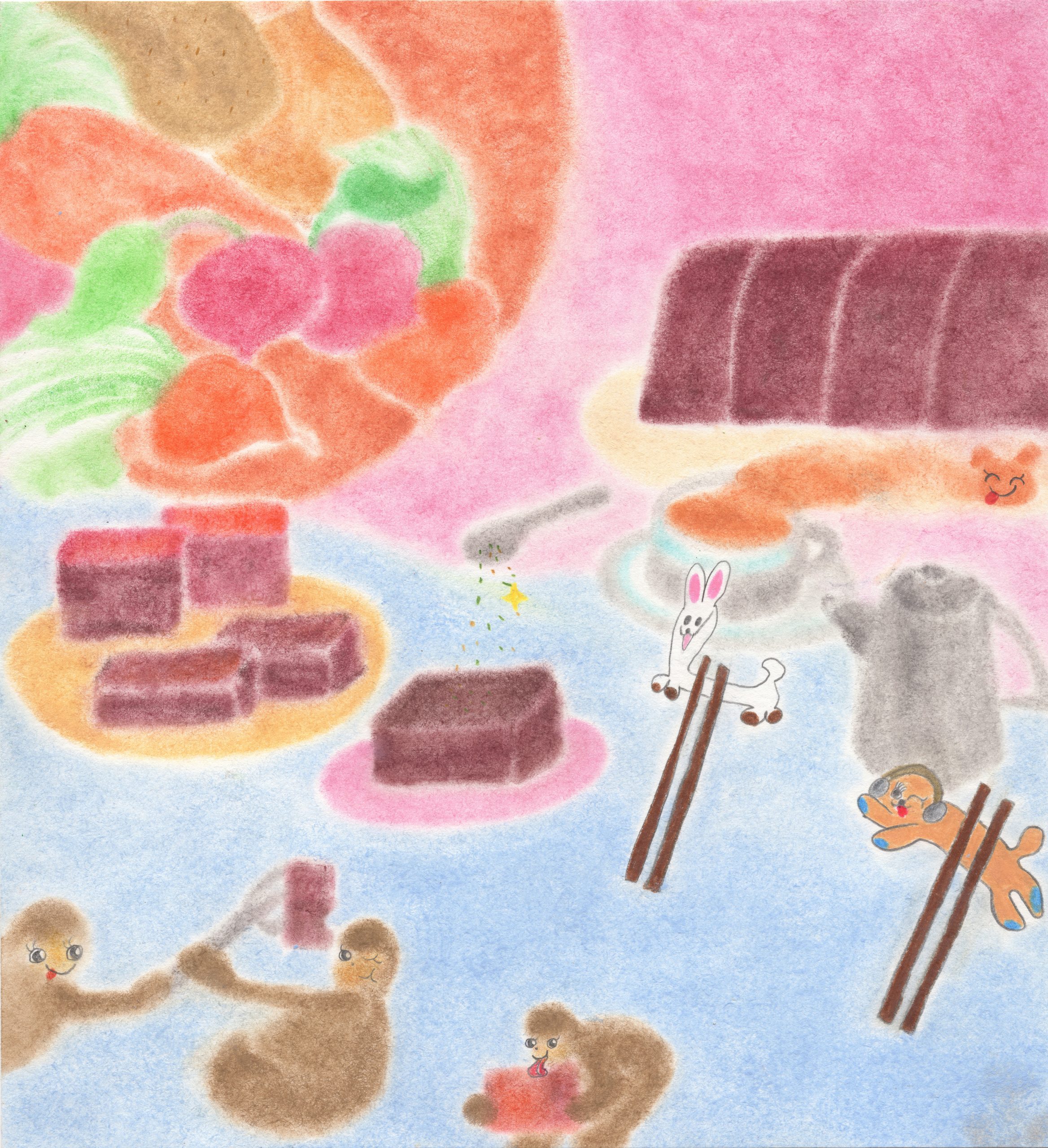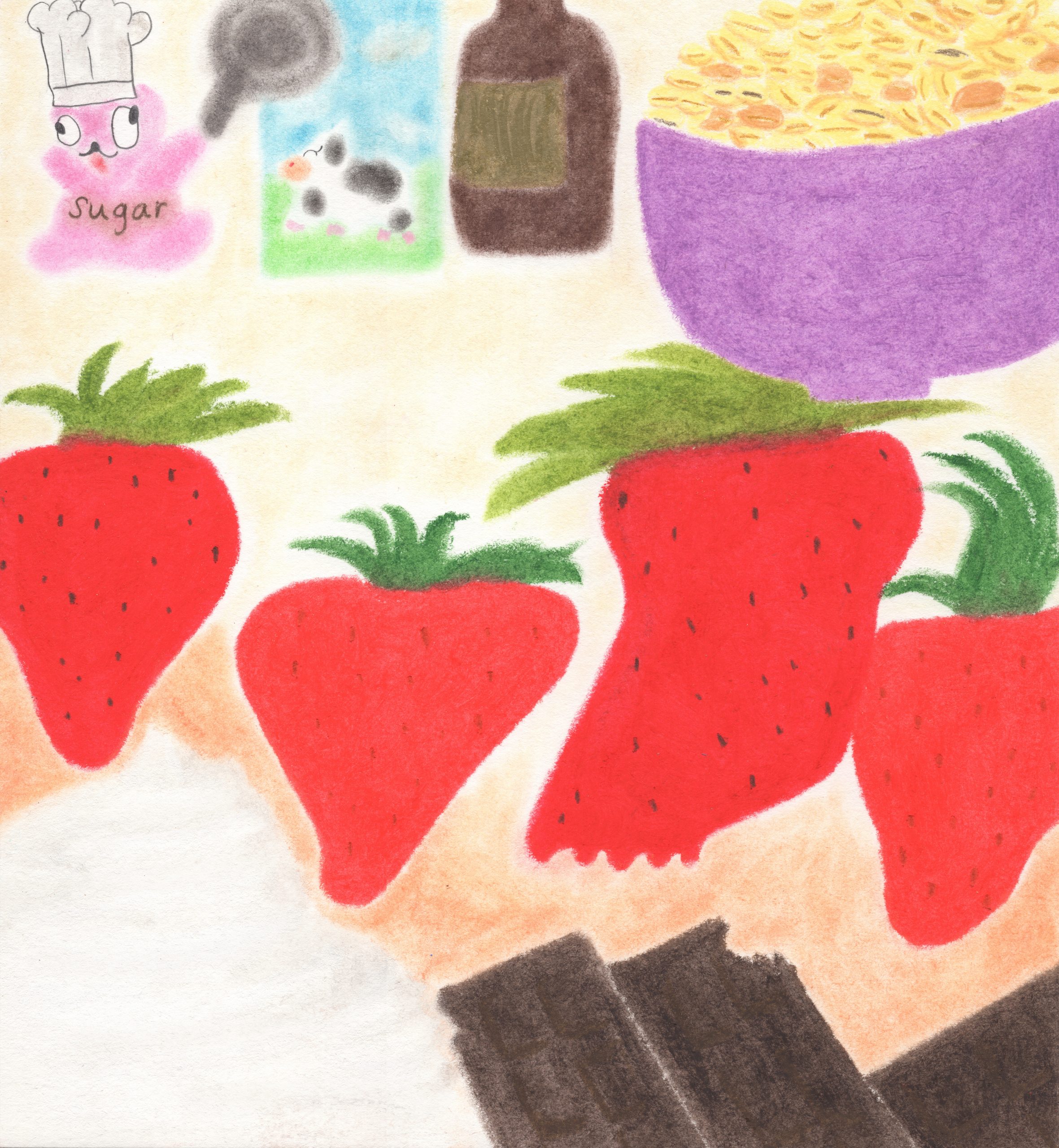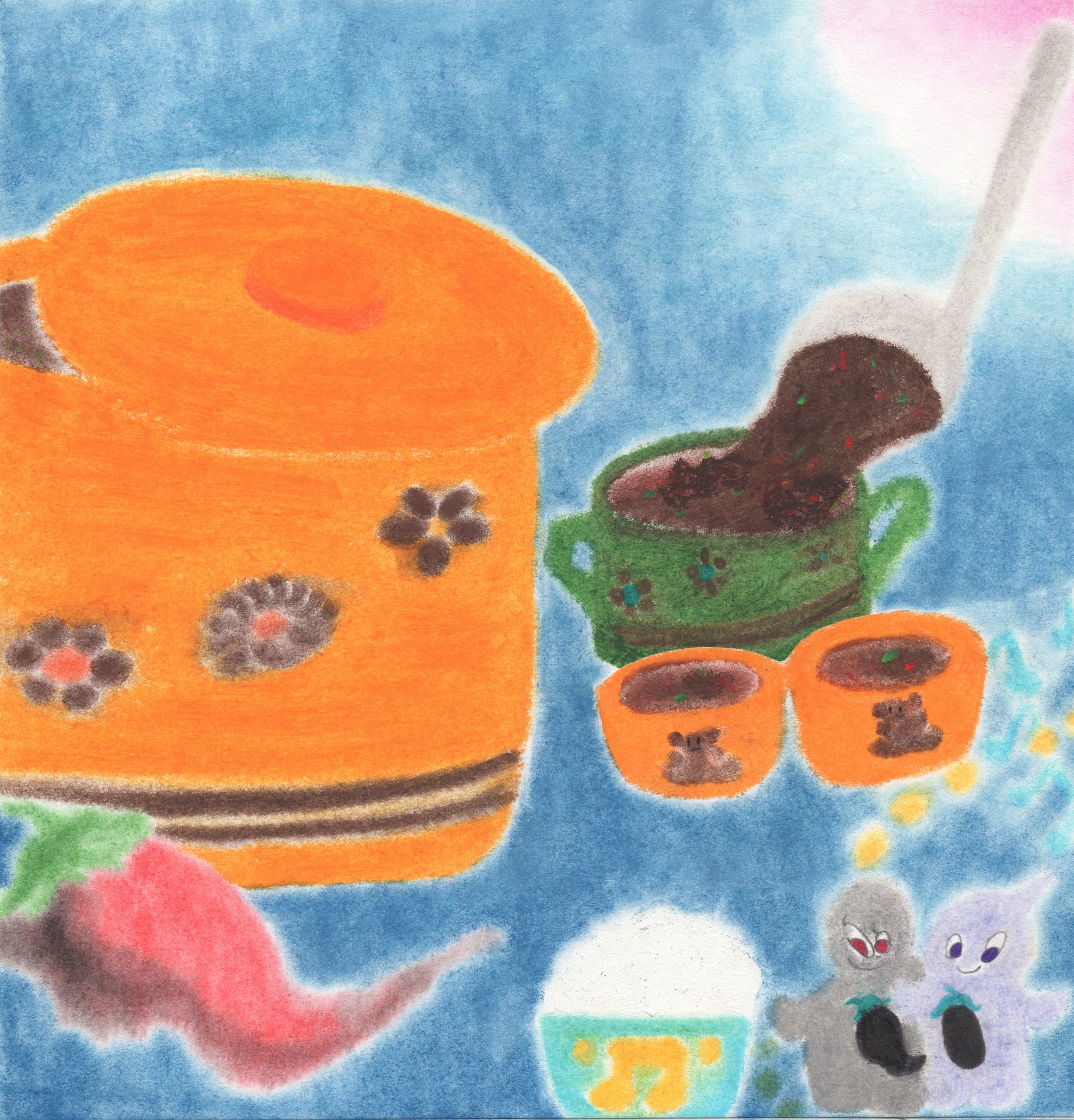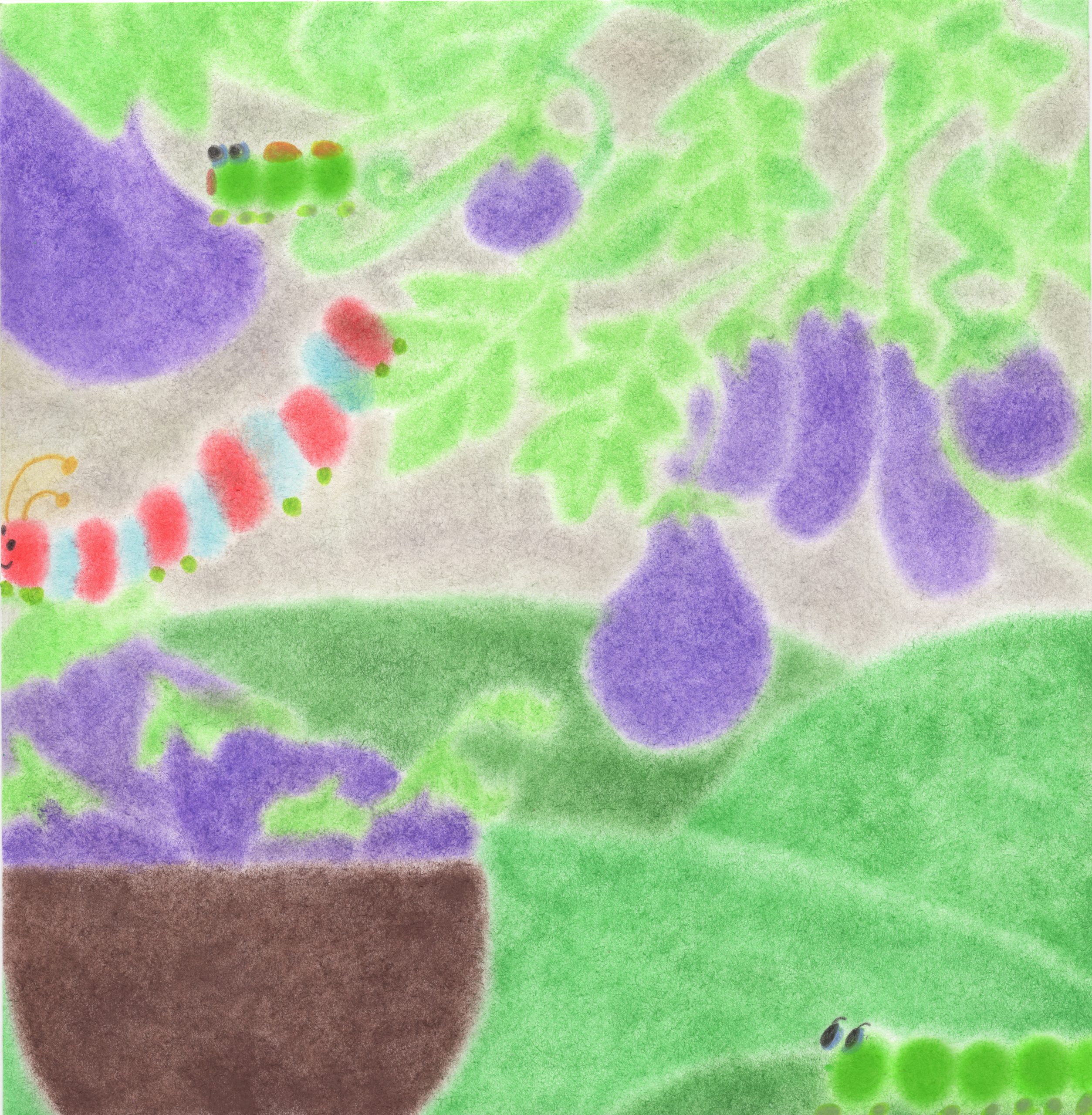Required Reading is a series that pairs original recipes with reflections on revolutionary texts.
Combat Liberalism, written by Mao Zedong in 1937 during semi-colonial China, is a recipe for revolutionary conduct.
China’s semi-colonial era began in the mid-1800s when the country was defeated by Britain during the Opium Wars, which disintegrated Chinese society substantially. Ideologically, the Confucius ideals upon which Chinese intellectual bureaucracy had been built—that Walter Rodney proposed as the main reason China never became capitalist despite “entering the feudal phase of development virtually 1,000 years before the birth of Christ”1—were tainted by British liberalism. Economically, losing the Opium Wars subordinated China to the West’s unequal treaties and rules of trade.
- 1. Walter Rodney, How Europe Underdeveloped Africa
- 2. China and the American Lake
- 3. Kwame Ture, Florida International University (1992)
The West was in fact on a quest to turn continental Asia into its marketplace and the Pacific an “American Lake”2. Throughout the late 19th century, the French were colonizing Vietnam, Hawaiʻi was annexed by the United States, and Japan was forced to open up its markets to the West. China was surrounded by upheaval, and the erosion of its sociopolitical foundations deeply fractured the unity of the Chinese people. Split by geography and religion, the Chinese masses scrambled for nearly a century, now known as the ‘Century of Humiliation,’ with one failed rebellion after another, unable to regain control of their country.
But just a few thousand miles north in the former Russian Empire, workers and peasants were promoting the revolutionary science of Marxism-Leninism to liberate themselves, inspiring young Chinese intellectuals like Mao to apply these teachings to their country. Transforming spontaneous rebellions into a focused revolutionary struggle was the main task ahead of the Chinese people, and Marxism-Leninism provided them with the means of channeling the energies of the people toward given objectives within principles3.
In 1921, thirteen people attended the first Congress of the Chinese Communist Party (literally meaning ‘Share Production’). By 1927, all foreign powers were out of China, and the Party boasted 60,000 cadre members organizing militant workers unions in major cities and farmers associations in the countryside. By Combat Liberalism’s publication in 1937, the advancement of the Party necessitated more manuals on organizational anatomy, begetting Some Questions Concerning Methods of Leadership (1943), On the Question of Agricultural Cooperation (1955), and On the Correct Handling of Contradictions Among the People (1957).
Today, a hundred years after its first gathering, the Chinese Communist Party is 92 million members strong and their revolutionary practices prevail against the West’s increasingly catastrophic efforts to constrain the global development of communism. The Party has provided a formidable alternative for the global majority, facilitating cooperation without the interference of the United States.
Mao wrote for his comrades and for us, so that we may know how to become and remain revolutionaries—something we must practice every day. It can be an acquired taste, but ultimately nothing is as nutritious.
⊛ STEAMED BEET CAKE 4 ⊛
Shout out to Emily
- Golden beets, peeled and shredded5
- Carrots, peeled and shredded
- Onion, thinly sliced
- Ginger, grated
- Potato, peeled and shredded
- Rice flour
- Salt
- Chicken stock
- Soy sauce
- White vinegar
- Dill, chopped
- Garlic, minced
- Canola , or other neutral oil
For beet cake:
Squeeze water out of shredded potato and set liquid aside.6
Heat oil in a heavy-bottomed-skillet over medium heat. Add onions and cook—stirring constantly so they don’t color—until softened and translucent. Add beets, carrots, potatoes and chicken stock. Bring to a simmer and allow to simmer for 10 minutes until vegetables are tender.
Remove vegetables from skillet and set aside to cool, reserving any remaining liquid. Combine liquid with reserved potato water, add water until total liquid is about 1 cup*, and return liquid to cooled vegetables.
In a separate bowl, combine flour and salt.
Add flour/salt mixture to vegetables. Mix until well incorporated. If the batter is a little stiff, add a bit of oil. Allow to sit for 15 minutes, so flour can hydrate.
⊛
Fill a deep, wide-mouthed pot—wide enough to hold your steaming vessel—with an inch of water and allow to come up to a gentle simmer.
Stir batter and pour into a small, well-oiled pyrex dish or loaf pan.
Carefully lower the dish into the simmering water and cover. Reduce heat to medium-low and allow cake to steam for 40-50 minutes. Check water halfway through, and replenish with hot water if needed.
Remove steamed cake from the pot and allow to cool. Carefully remove the cake from the dish.
Using a wet knife, slice the cakes into ¼ inch thick slices.
⊛
Heat oil in a skillet over medium-high heat. Fry sliced cake on both sides until browned.
For dipping sauce:
Heat oil in a skillet on medium heat. Add chicken stock and vinegar and allow to reduce by ⅔. Add garlic and allow to simmer until softened. Remove from heat and add soy sauce.
Transfer to a dish and mix in ginger and dill.
- 4. This recipe is a speculative interpretation of Lo Bak Go (Turnip Cake), a dim sum dish originating in Southern China, which traditionally uses daikon, sausage, shiitake mushrooms and dried shrimp and is eaten with scallions and oyster sauce. Here I have adopted a technique for making this dish, substituting the main ingredient–daikon–with beets and other root vegetables, supplemented by the inclusion of dill, white vinegar, and chicken stock–references to Borscht, as representative of the Soviet influence on Mao’s ideologies vis-a-vis Lenin.
- This technique in this recipe uses no special steaming equipment and instead improvises with other items to create a makeshift steamer. This speaks to the importance of accessibility as well as construction within any revolutionary struggle, in taking what is uniquely available to us in any given situation to achieve our goals together. My friend Emily introduced me to Lo Bak Go and this particular preparation technique.
- 5. Golden beets are less sweet, more earthy, and generally more mild-flavored than their red counterparts, whose taste can quickly become overpowering for many other ingredients.
- 6. Traditional Lo Bak Go uses rice flour and cornstarch as binders. This recipe uses the natural starch contained in potatoes as a substitute.




